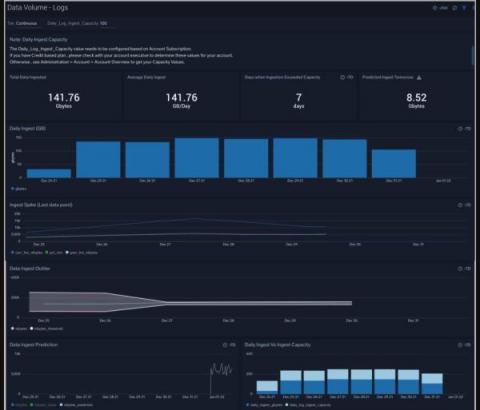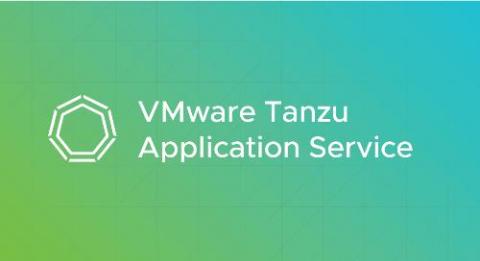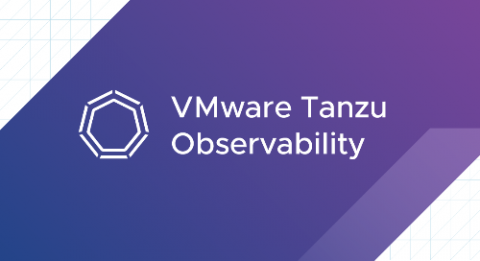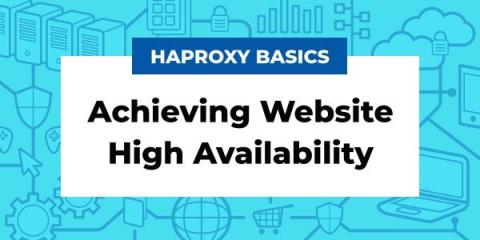Operations | Monitoring | ITSM | DevOps | Cloud
Latest News
Data Center Skills in High Demand in 2022
As modern data centers grow increasingly complex and distributed, data center technology and infrastructure can become more difficult to manage, and it becomes harder for IT decision-makers to find qualified candidates. According to Uptime Institute, 50% of data center owners and operators are struggling to find qualified candidates. In recent years, the COVID-19 pandemic has accelerated industry trends such as remote data center management, deepening the already severe data center skills gap.
VMware Tanzu Application Service Delivers Operational Excellence During Log4Shell
On two occasions in December 2021, VMware Tanzu Application Service released remediations within 48 hours of critical CVEs being announced. These remediations were both in response to the Log4j saga, enabling VMware customers to defend against attack vectors quickly after the Day 0 event. This quick response is a reflection of the dedication of the VMware engineering teams working on Tanzu Application Service today.
Tanzu Observability Brings Full-Stack Monitoring of Kubernetes Clusters for OpenShift
Red Hat OpenShift is an enterprise Kubernetes platform that provides users with a unified cloud experience wherever it’s deployed. VMware Tanzu Observability by Wavefront offers observability and analytics for multi-cloud Kubernetes environments. Now these two products work even better together.
Episode 2: Mooving to Remix: Code You Will be Happy With
Episode 2 of Mooving to… dives into a new tool called Remix, a framework to help create front-end code, you’ll love. This episode focuses on a new web framework that helps streamline your processes and eliminate downtime to the best of your ability. Thom Duran and Andrew Leonard of Moogsoft are joined by Kent C. Dodds, Director of Developer Experience at Remix.
Is Your Start-up Production Ready (Part 1)
At 2bcloud, we love to collaborate with our peers and trade ideas on how to help young companies move faster and create stronger products by using all that today’s cloud systems have to offer. That’s why we sat down with our friends Shiri Hochhauser, Sr.
Designing production-ready AWS serverless applications
Serverless has become an increasingly popular paradigm among organizations looking to modernize their applications as it allows them to increase agility while reducing their operational overhead and costs. But the highly distributed nature of serverless architectures requires developers to rethink their approach to application design and development. AWS-based serverless applications hinge on AWS Lambda functions, which are stateless and ephemeral by design.
Best practices for building serverless applications that follow AWS's Well-Architected Framework
In part 1 of this series, we looked at common design principles and patterns for assembling microservices in serverless environments. But when it comes to building serverless applications, designing your architecture is only part of the challenge. You also have to ensure that each of your individual functions and services are secure, reliable, and highly performant—without incurring enormous costs.
My First Impressions with SUSE Rancher Kubernetes Projects
I recently started working at SUSE. Before joining SUSE, my Kubernetes experience included vanilla Kubernetes, AKS and EKS but mostly OpenShift and Red Hat Advanced Cluster Management. I worked in technical pre-sales, so I knew about Rancher, K3s and RKE and their key features but I never spent time with them. When I joined SUSE, I started testing Rancher, Rancher Desktop, K3s, k3d and RKE2 and I had a great time with them. First things first, I will
Achieving Website High Availability
When someone says a website is available, they mean that they can access that website. The application they’re trying to reach is up and working properly. High availability means that the website is up most of the time throughout the year. Companies can even put a percentage on this, striving for 100% availability, but typically getting somewhere a bit less, such as 99.9% or 99.99%.











